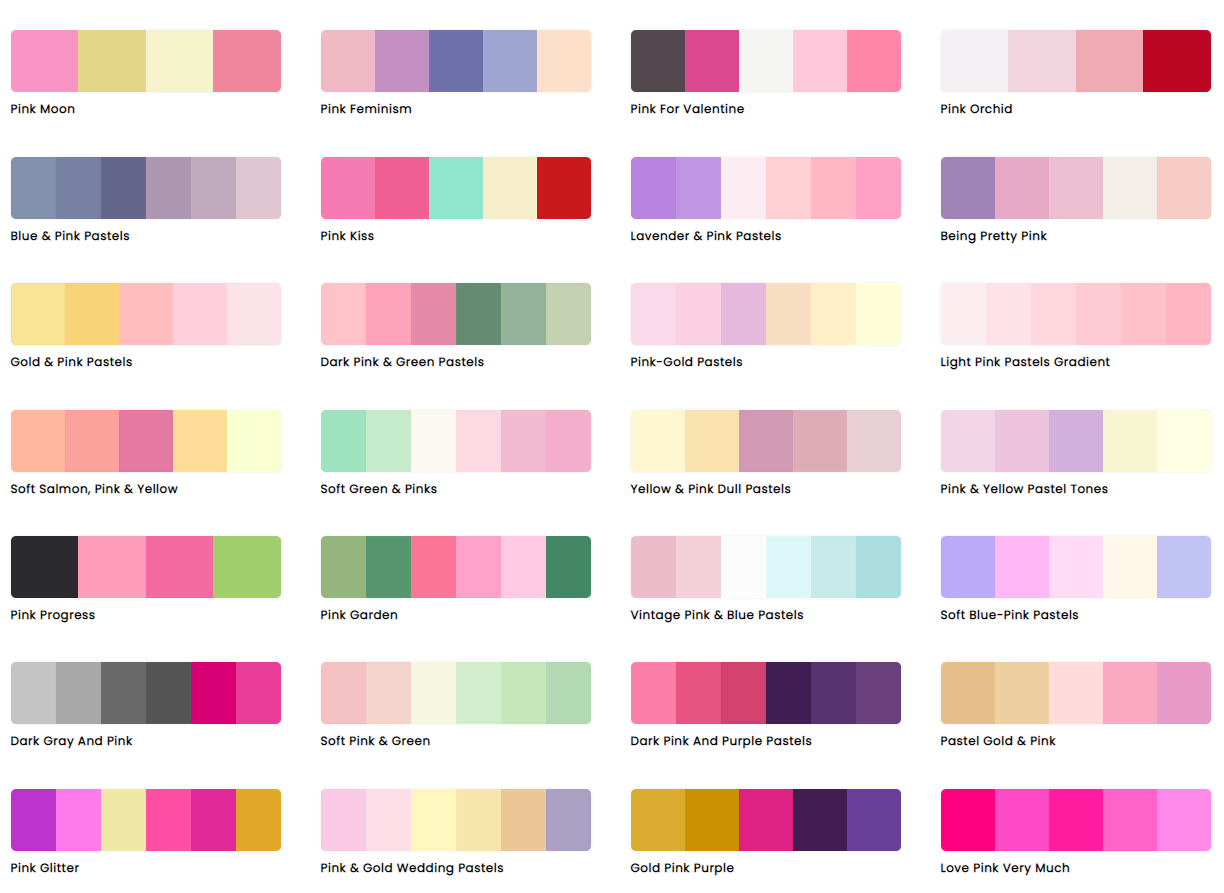Baykanber Insights
Your go-to source for the latest news and trends.
Color Psychology: The Secret Language of Your Website's Palette
Unlock the hidden meanings behind colors! Discover how your website's palette can influence emotions and boost engagement.
How Color Influences User Emotions and Behavior on Your Website
Color plays a crucial role in shaping user emotions and behavior on your website. Research has shown that colors can evoke specific feelings; for example, blue often instills a sense of trust and calmness, while red can create feelings of excitement or urgency. Understanding the psychological effects of color can help web designers create a more engaging user experience. According to a study published by Color Psychology, different colors can significantly influence how users perceive a brand and are likely to behave towards it.
Moreover, the strategic use of color can guide users through your website and encourage certain behaviors. For instance, using contrasting colors for call-to-action buttons can attract attention and increase the likelihood of clicks. A/B testing different color combinations can also provide valuable insights into user preferences. As highlighted in a report by Smashing Magazine, effective color choices can lead to a more satisfying user experience and ultimately drive higher conversion rates.

The Impact of Color Choice on Brand Perception: What You Need to Know
Color choice plays a crucial role in shaping brand perception, influencing how consumers feel about a brand and their likelihood to engage with it. Research indicates that up to 90% of snap judgments about products can be based on color alone. For example, many well-known brands, such as Coca-Cola with its iconic red or Starbucks with its recognizable green, leverage color to evoke specific emotions and characteristics tied to their brand identity. When choosing a color palette for your brand, consider the psychological effects of different colors; for instance, blue often conveys trust and dependability, while yellow may invoke feelings of optimism.
Furthermore, it's essential to ensure that your color choices are consistent across all marketing channels to strengthen brand identity. According to a study by CBRE, consistent use of color in branding can increase brand recognition by up to 80%. This consistency not only enhances the visual appeal of your brand but also builds familiarity and trust among your audience. As you develop your branding strategy, remember to assess how color affects perceptions of your product or service, and ensure it resonates with your target market for optimal impact.
Choosing the Right Colors for Your Website: A Guide to Color Psychology
When it comes to choosing the right colors for your website, understanding color psychology is essential. Colors evoke emotions and influence user behavior, which can significantly impact the effectiveness of your site. For example, blue often represents trust and security, making it a popular choice for financial institutions. In contrast, vibrant colors like red can evoke excitement or urgency, ideal for sales or promotions. Carefully selecting your website's color palette based on the psychological effects of colors can enhance user experiences and increase engagement.
To make your color choices more effective, consider using a combination of colors that complement each other while also serving a specific purpose. It's beneficial to create a color wheel or refer to established color theory principles. For instance, utilizing analogous colors (colors that sit next to each other on the color wheel) can create a harmonious look, while complementary colors (colors opposite each other) can provide striking contrast. By thoughtfully implementing these concepts, you can effectively communicate your brand identity and improve the overall user experience on your website.